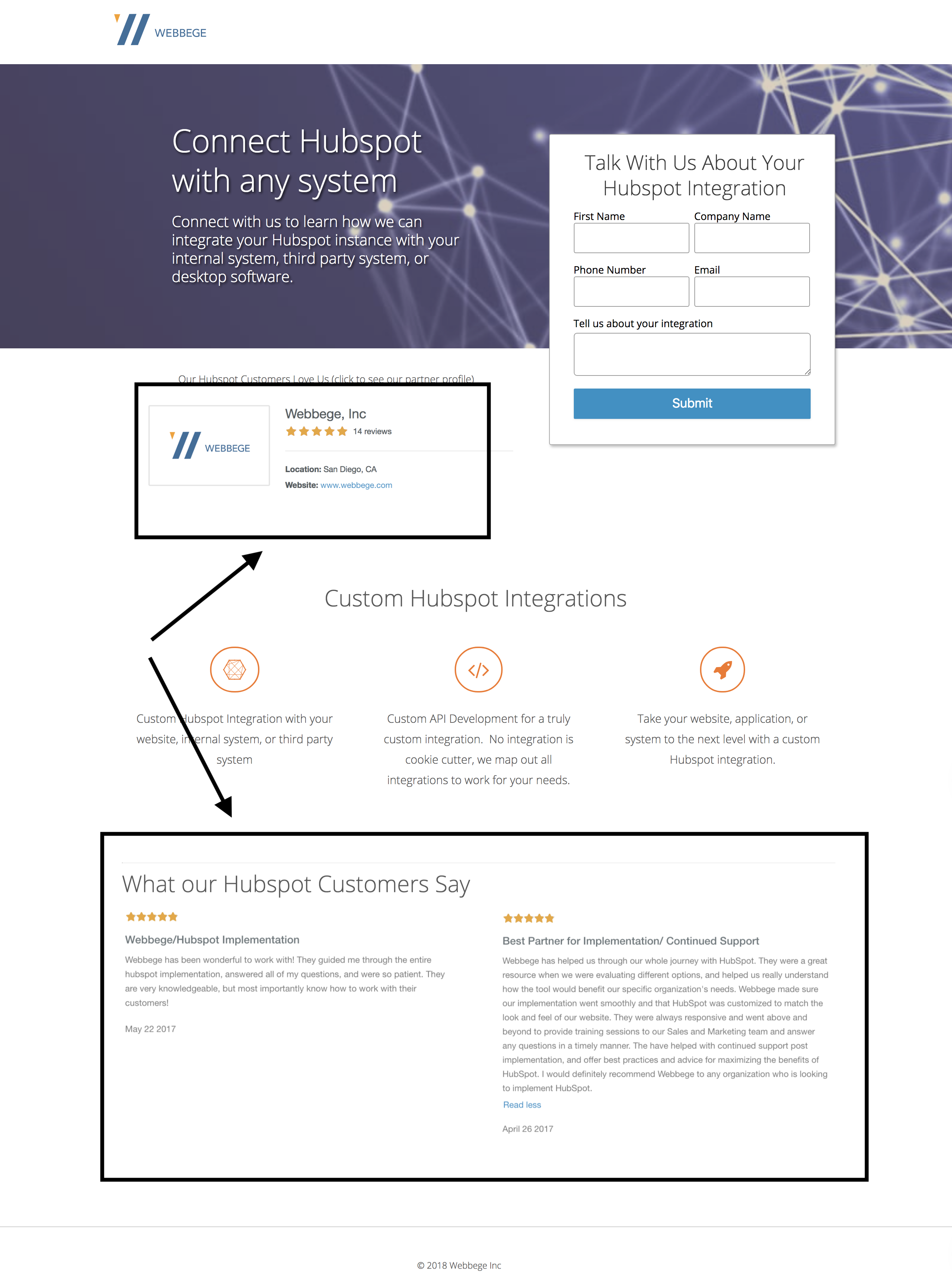Whether you are trying to directly boost your bottom line with a marketing campaign, or just trying to scoop in as many top-of-funnel leads as possible, understanding to whom you are talking is an essential first step. Before you set goals and start crafting your compelling messages, follow this four-step process for identifying your target audience.
1. Do Your Homework
Comb through existing sales data--along with any data from your competitors that you can find--and create a broad picture of who is engaging at the top of your sales funnel and who ends up making the purchase. Is it the same person throughout, or is someone lower on the chain bringing your products to a decision maker for a final determination? Finally, decide where in that process you are trying to make a difference. Do you want more leads in the top of the funnel or are you trying to close more sales at the bottom?
2. Think About What's Most Important to This Group
When you know where in the chain-of-command you are targeting, the next step is to think about what is most important to this group. For example, if you're selling a billing software solution, and the decision-maker is the VP of Finance, she may not be concerned with how a user would interact with your software. Instead, she'll be more concerned with pricing, implementation, and possible downtime. Top-of-funnel leads, on the other hand, may not even have the right frame of reference to consider anything beyond how to use the software.
3. Determine What Problem You're Solving
Now that you have a clear idea of who you want to talk to and what their concerns are, identify a specific problem that you will solve from the perspective of the customer. Is your potential customer worrying because their company's billing is a mess, but the thought of upgrading their current system seems overwhelming? Or, is your potential customer tired of repeating the same actions every day and longs for an automated process that will make his job easier?
4. Create the Final Persona
Once you have a broad idea of who you want to talk to and you've attached a problem and a solution, it's time to fill in the details. How old is this person and what might his or her income be? What does every day look like; are work problems bleeding into home life? Fill in as many details as you can to create a fictional persona that your marketing team can focus on to create content that truly resonates.
For the best San Diego SEO and San Diego Web Design, trust Webbege with your work!





